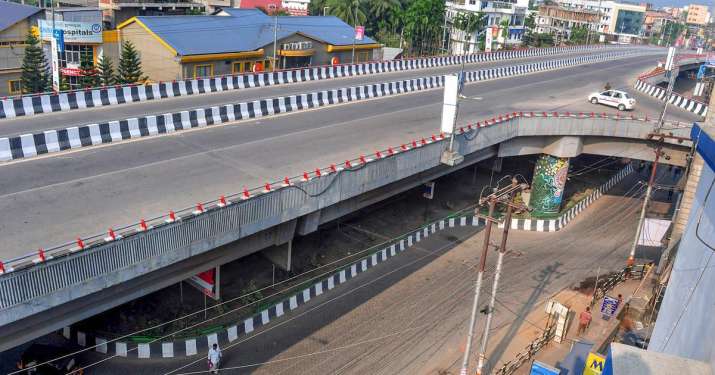

Pei-lin Wu, Washington Post, 1 June 2022 Shanghai, China’s largest city with a population of 25 million people, is ending its strict Covid lockdown after two months. Patrick Brzeski, The Hollywood Reporter, 6 June 2022 China’s financial capital officially lifted its lockdown for most of its 25 million residents on Wednesday morning, with taxis and public buses returning to the streets. Ivana Kottasová And Hafsa Khalil, CNN, 8 June 2022 Shanghai’s citywide, two-month COVID lockdown was lifted on June 1, sparking celebrations in the city’s streets and public parks.

Timothy Fanning, San Antonio Express-News, 14 June 2022 Shanghai lifted its two-month lockdown on June 1, but briefly shut down most of the city Saturday to undertake mass testing.įortune, 12 June 2022 Shanghai, the Chinese commercial hub with 26 million residents, ended its two-month citywide pandemic lockdown last week, a sign that the world’s second largest economy may be ready to return to business-as-usual.įrank Holmes, Forbes, 8 June 2022 Shanghai finally lifted its two-month coronavirus lockdown last Wednesday, allowing most of its 25 million residents to leave their communities.

doi: 10.1111/ Examples on the Web Joint Base San Antonio-Lackland has lifted its lockdown after concerns that there was an active shooter near the base on Tuesday. Changes in sleep pattern, sense of time and digital media use during COVID-19 lockdown in Italy. Sleep and daytime problems during the COVID-19 pandemic and effects of coronavirus infection, confinement and financial suffering: A multinational survey using a harmonised questionnaire. Partinen M., Holzinger B., Morin C.M., Espie C., Chung F., Penzel T., Benedict C., Bolstad C., Cedernaes J., Chan R.N.Y., et al. Sleep problems during the COVID-19 pandemic by population: A systematic review and meta-analysis. Jahrami H., BaHammam A.S., Bragazzi N.L., Saif Z., Faris M., Vitiello M.V. The outbreak of COVID-19 coronavirus and its impact on global mental health. Torales J., O’Higgins M., Castaldelli-Maia J.M., Ventriglio A. Impact of COVID-19 pandemic on mental health in the general population: A systematic review. Xiong J., Lipsitz O., Nasri F., Lui L.M.W., Gill H., Phan L., Chen-Li D., Iacobucci M., Ho R., Majeed A., et al. Overall, these results are consistent with the continuity hypothesis of dreams.ĬOVID-19 PTSD continuity hypothesis disruptive nocturnal behaviors dreams emotions lockdown pandemic sleep. The stable prevalence of fear in dreams and the large frequency of poor sleep quality, depressive symptoms, and anxiety are probably related to the persistence of many negative consequences of the pandemic. The co-occurrence of such changes with a decline in nocturnal PTSD-related symptoms, sleep latency, and time with digital media suggests an influence of post-traumatic stress levels, lifestyle modifications, and sleep pattern on dream changes during different phases of the pandemic. These findings highlight that the end of the home confinement had a strong impact on the oneiric activity, in the direction of reduced dream frequency, intensity, and lockdown-related contents. Only the frequency of specific lockdown-related dream contents exhibited a reduction at PL. Fear was the most frequently reported emotion in dreams at TL (26.9%) and PL (22.2%). A PL decrease in time spent with digital media was observed ( t = -2.77 p = 0.007). The high frequency of poor sleep quality, anxiety, and depressive symptoms observed during TL remained stable at PL, while sleep latency ( t = -4.09 p < 0.001) and PTSD-related disruptive nocturnal behaviors ( t = -5.68 p < 0.001) exhibited a reduction at PL. Our final sample included 108 participants. We performed a longitudinal study using a web-based survey to collect demographic, COVID-19 related, clinical, sleep, and dream data at TL and PL. The aim of the present study was to provide an exhaustive assessment of dream features during total lockdown (TL) and a post-lockdown (PL) period characterized by eased restrictive measures in Italy. However, only a few studies have assessed the longitudinal changes in dream phenomenology during different phases of the pandemic, often focused on a limited number of dream variables. A growing body of evidence highlights that the COVID-19 pandemic affected oneiric activity.


 0 kommentar(er)
0 kommentar(er)
